Bird of prey, or raptor, is any of over 300 birds that typically eat flesh. Birds of prey rank among the world’s most effective hunters. They include eagles, falcons, hawks, and vultures. Many people also consider owls to be birds of prey, even though owls are distantly related to the other raptors. Birds of prey frequently search for food during the day. Owls and a few other raptors are active at night. Raptors consume a wide variety of animals, including reptiles, small mammals, fish, insects, and other birds.
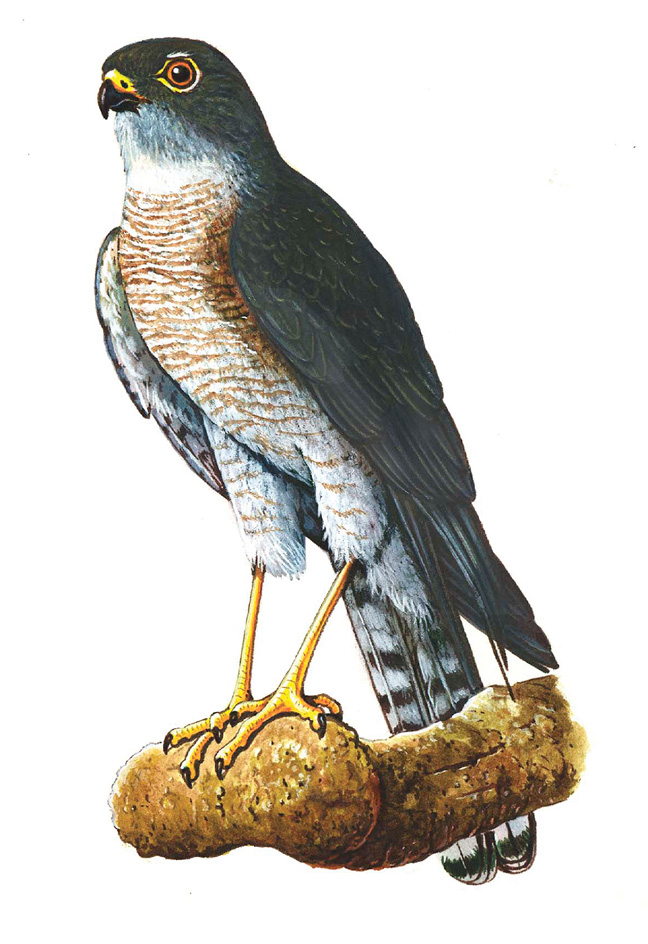
There are over 300 species (kinds) of raptors. Scientists arrange birds of prey into several groups called families. Accipiters make up the largest and most widespread raptor family. They include eagles, hawks, kites, and Old World vultures. The falcon family contains some of the world’s fastest fliers. This group also includes caracaras, which live in warm regions of North and South America. Another family, the New World vultures, includes the rare California condor. The African secretarybird, a ground-dwelling raptor, makes up its own family. Owls form two separate families. The barn owl and its relatives make up one group, while all other owls belong to the typical owl family.
The bodies of birds of prey
Physical appearance.
Birds of prey vary widely in size. One of the smallest species, the black-thighed falconet of Asia, measures only 5 1/2 to 7 inches (14 to 18 centimeters) long and weighs 1 to 2 ounces (28 to 56 grams). The largest raptor, the Andean condor of South America, grows nearly 52 inches (132 centimeters) long and weighs up to 33 pounds (15 kilograms). Most female raptors grow larger than males.
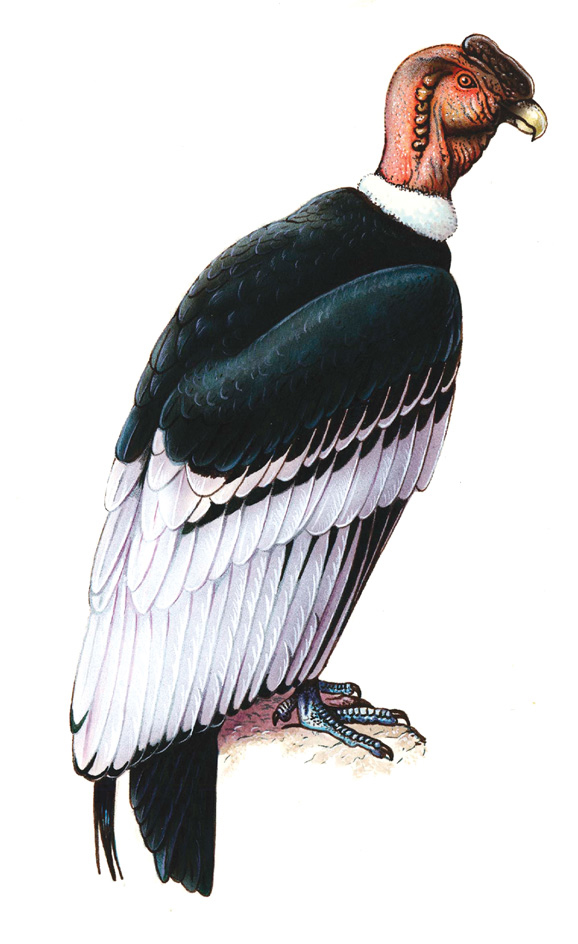
Most birds of prey share certain basic features. They typically possess broad, powerful wings that enable them to fly quickly. Raptors also have hooked beaks and strong feet with hooked talons (claws). These features assist them in capturing, tearing apart, and eating prey. To blend into their environments, most raptors have primarily brownish, grayish, or blackish coloring.
Some body features vary according to where raptors live and what kinds of prey they consume. Many eagles, for example, live in open areas. They possess broad wings that enable them to soar over long distances. Forest-dwelling hawks, however, have shorter, rounded wings that enable them to maneuver easily through trees when chasing prey. Many caracaras search for food on the ground and need longer legs and feet for walking. Bird-eating falcons must fly fast to capture their prey. Peregrine falcons, for example, catch prey by making stoops (steep descents) of more than 200 miles (320 kilometers) per hour. Such rapid flights require streamlined bodies.
Senses.
Raptors typically have better vision than do human beings or many other animals. Like people, most raptors possess binocular vision—that is, the ability to see an object with both eyes at the same time. But raptors detect colors in their environment more clearly than human beings can. These visual abilities help raptors spot prey from great distances.
Owls have a better sense of hearing than other raptors. They can detect prey by sound alone, even at night. Some species of vultures and caracaras scavenge for food by using smell. However, most raptors have a relatively poor sense of smell.
Ways of life of birds of prey
Reproduction and growth.
Birds of prey generally mate with different partners each breeding season. But some individuals pair for several years, especially if they return to the same breeding area. During the breeding season, raptors may fiercely defend their territories against others of their own species or against different birds.
Most raptors build a nest, though some species lay their eggs on the ground, on cliffs, or in abandoned nests of other birds. Females typically select the nest site. Some species build a new nest annually, while others keep and repair old nests for several years. Many raptors that mate in northern regions may have various alternate nests in the breeding area.
After mating, females stay close to the nest site until the young are hatched and become well developed. Males provide food for their families during this time. Raptor eggs typically have white, light green, or light blue coloring, sometimes with dark flecks. Females typically lay a clutch (set) of two to three eggs, but some species can produce five or more. Eggs normally hatch from 22 to 50 days after being laid. Smaller raptors often produce larger clutches, while the eggs of larger raptors usually take longer to hatch.
Newborn chicks have a thin coat of downy feathers. Most young raptors leave the nest from 25 to 100 days after they hatch. However, the young remain dependent on their parents for a period after leaving the nest. In large eagle species, young birds may remain with their parents for almost a year.
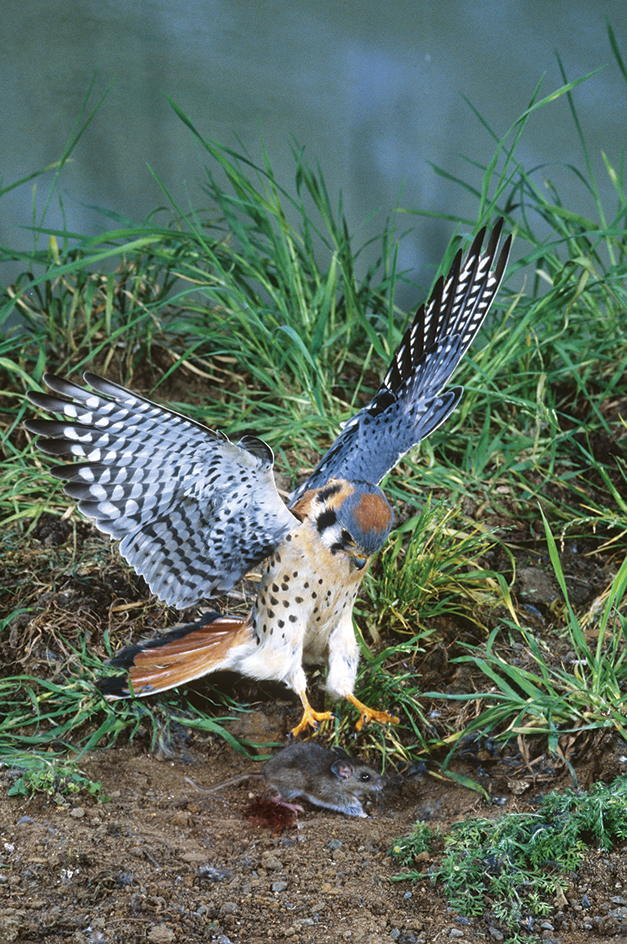
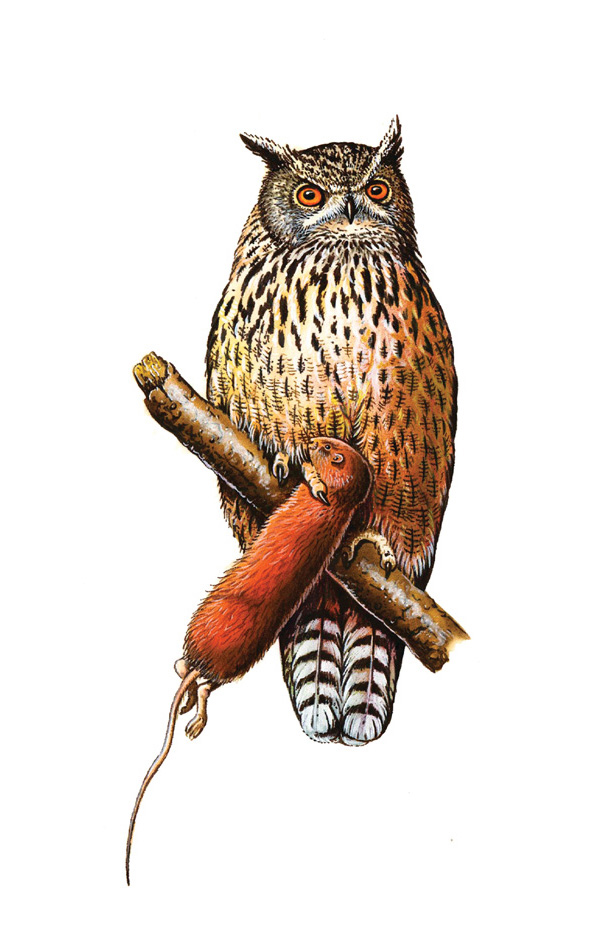
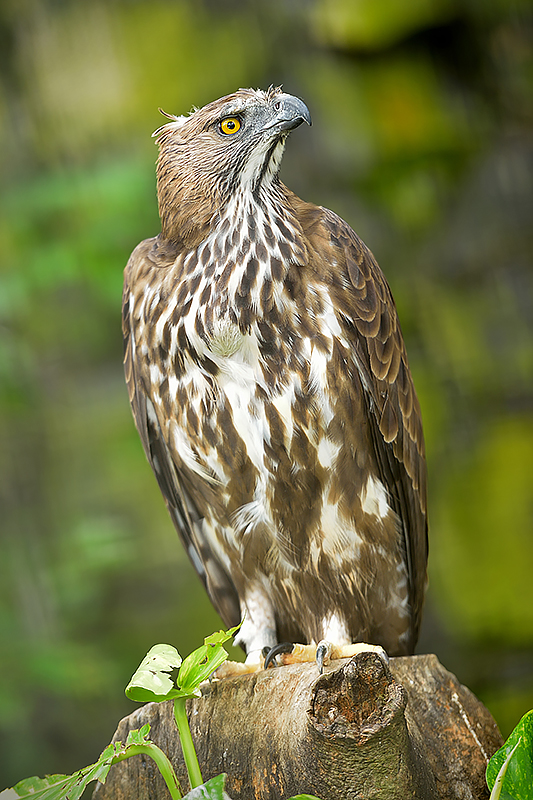
Overall, larger birds of prey live longer than smaller species. Adult raptors can survive from about 8 to 20 years in the wild. Certain captive individuals have lived for more than 50 years.
Food.
Many birds of prey seek food from the air while soaring over large distances or hovering over smaller areas. Others look for prey from a perch. Most raptors catch prey with their feet using one of two methods. In the first method, the bird squeezes its prey and sends its talons into the animal’s body. In the second technique, the raptor stuns its prey by striking it with its feet. A few species use their beak during a kill, though most raptor beaks serve to rip apart and eat food.
Many small raptors spend most of each day feeding on insects and other small animals. Large hunting species often wait from one to several days between feedings.
Roosting.
Most raptors roost alone or in small family groups. A few species roost in groups. The birds roost in trees, cliffs, buildings, or sometimes on the ground. Birds of prey that are active during the day often produce calls or songs in the morning. Raptors generally preen (clean and smooth) their feathers at the roosts before hunting.
Migration.
Birds of prey that live in colder climates migrate to warmer regions in the winter. Some birds migrate alone, while others travel in groups of thousands. A few species migrate at night and rest during the day. Others rely on fat reserves during migrations and forgo regular feeding. At times, different sexes or different age groups follow different routes. The Swainson’s hawk has one of the longest migrations of any raptor. Each year, it flies from southern Alaska to Argentina.
Birds of prey and people
People have admired birds of prey for centuries, often as symbols of beauty and courage. Images of raptors decorate flags, coins, artwork, and even the uniforms of sports teams. People have long trained birds of prey to hunt game. This sport, called falconry, first developed more than 3,000 years ago in ancient China.

Human beings also threaten the survival of raptors. Because birds of prey kill livestock, farmers and ranchers often shoot them. But the biggest threat to raptor survival is the destruction by people of the birds’ natural environments. To prevent the extinction of raptor species, parks have been set aside as protected habitats for raptors and other wildlife.
